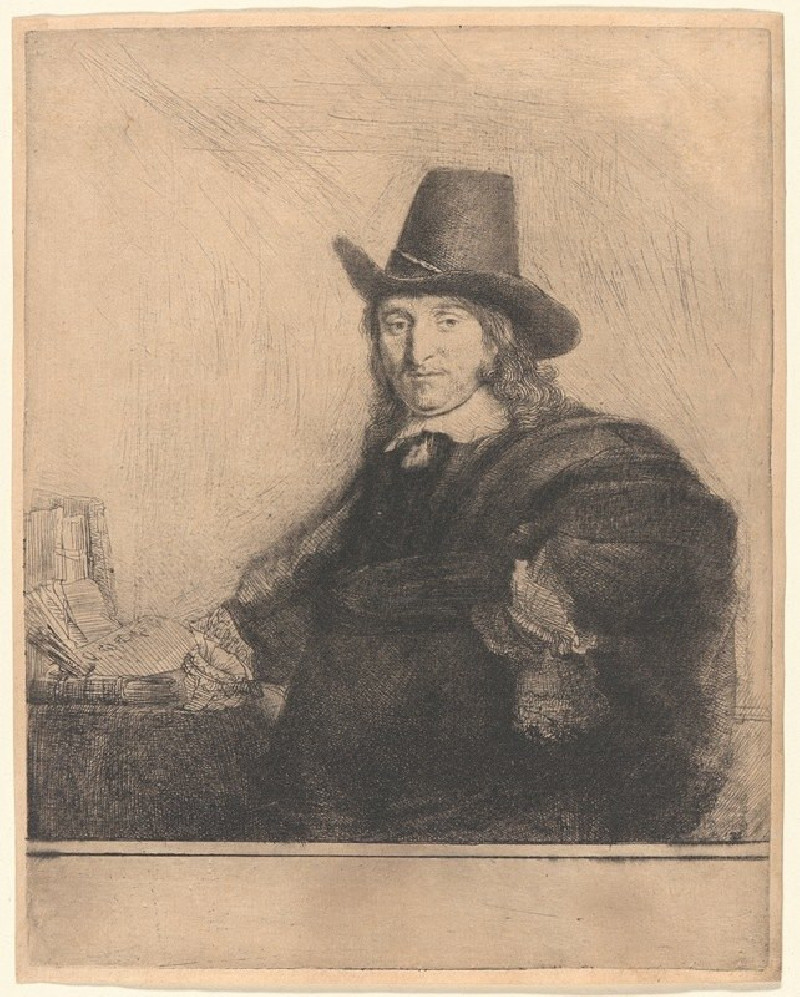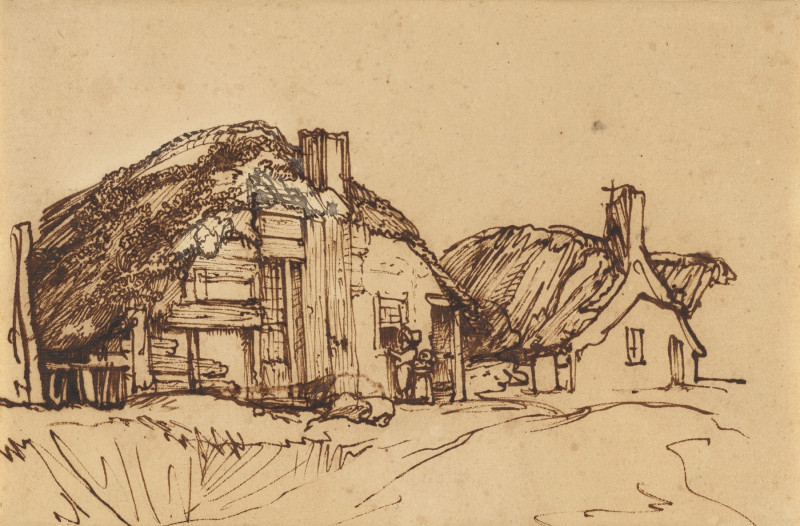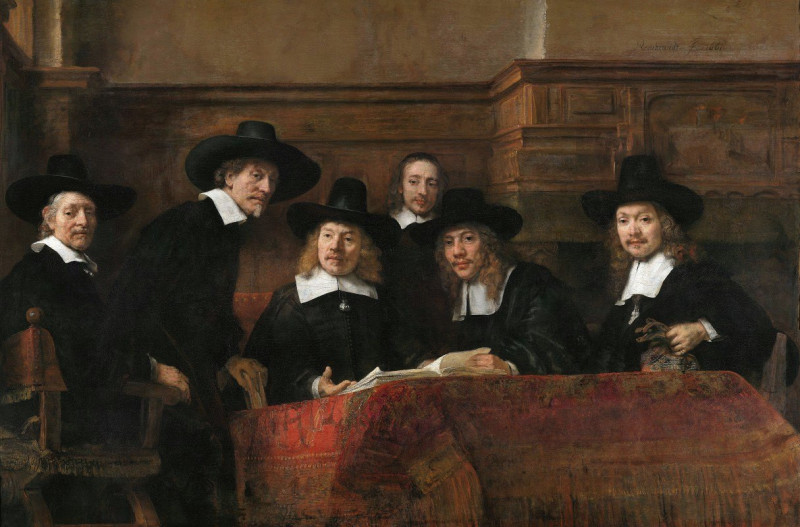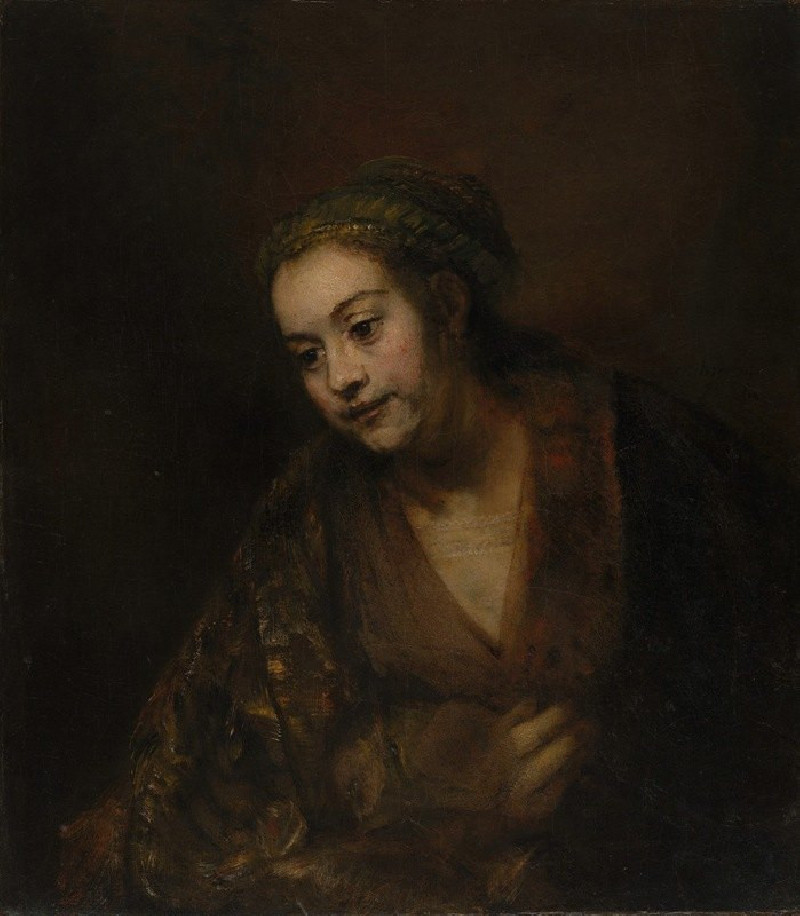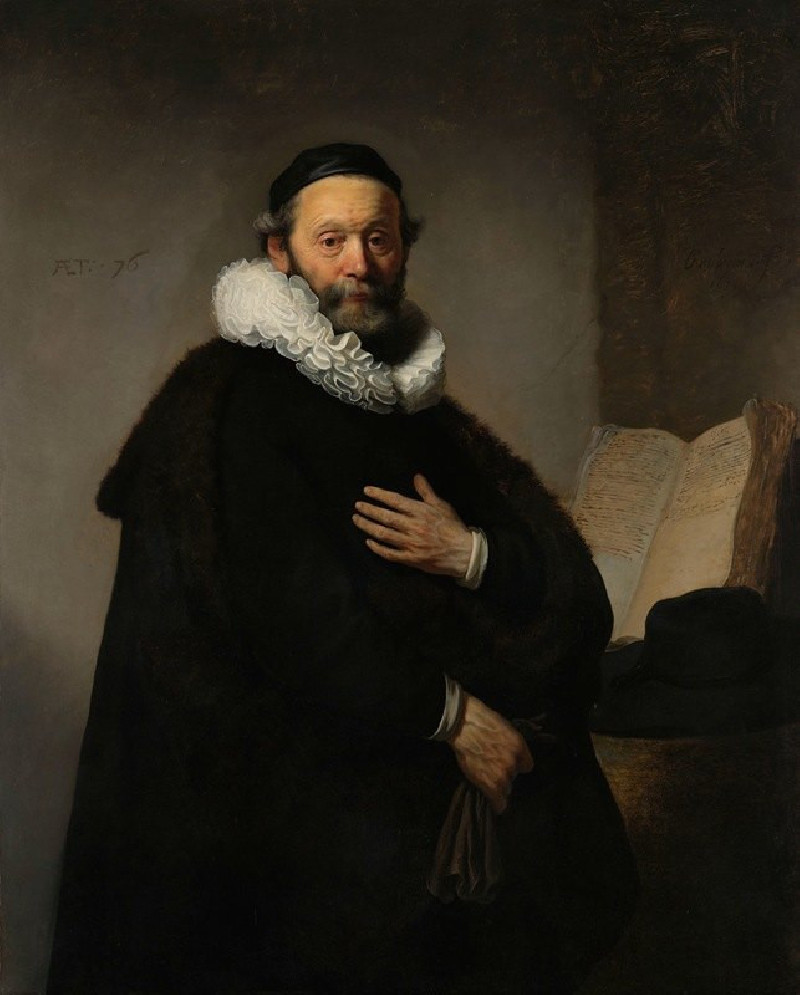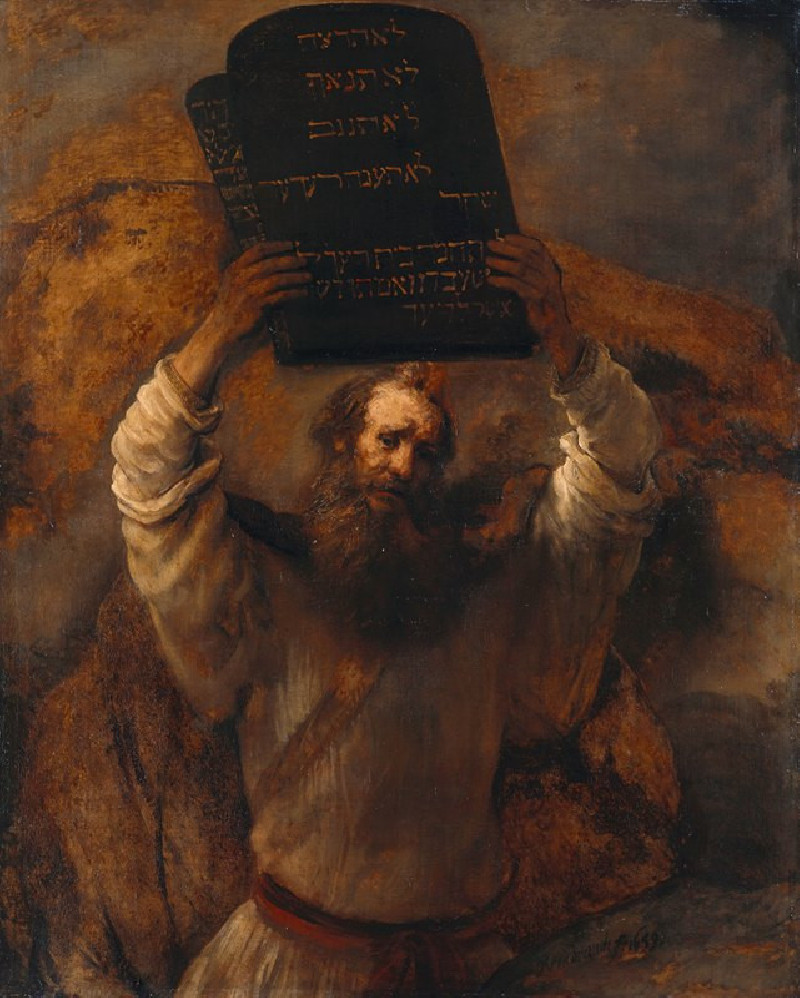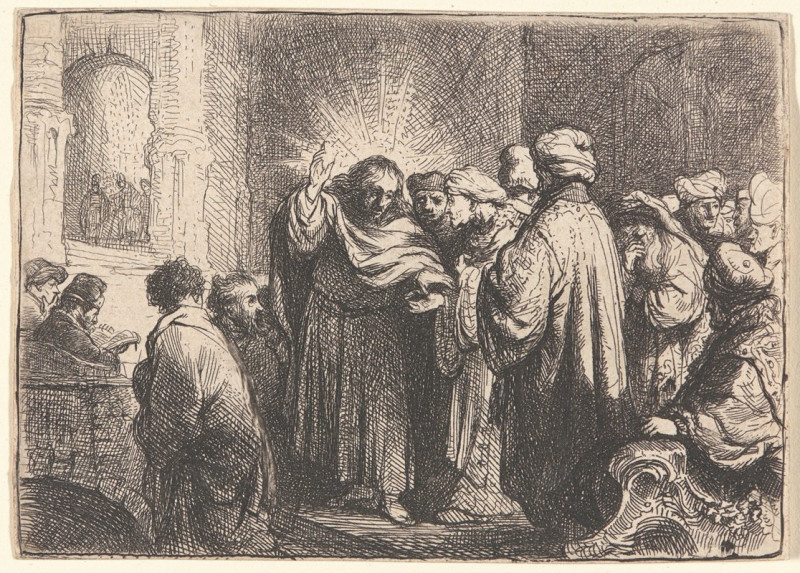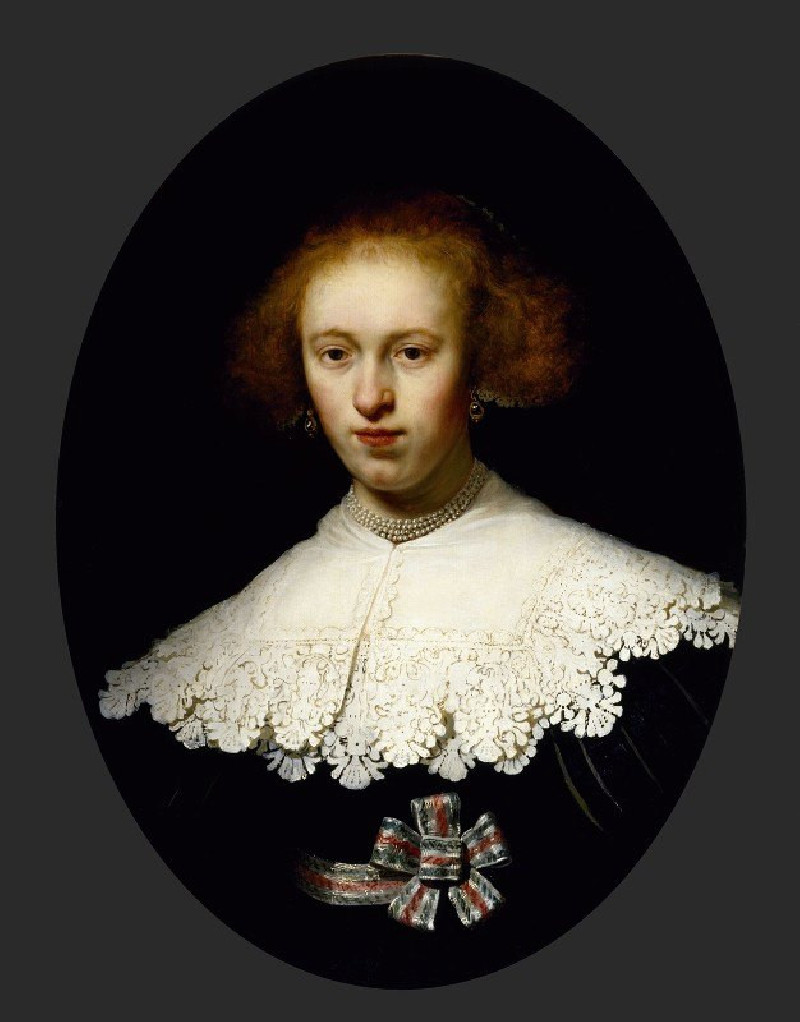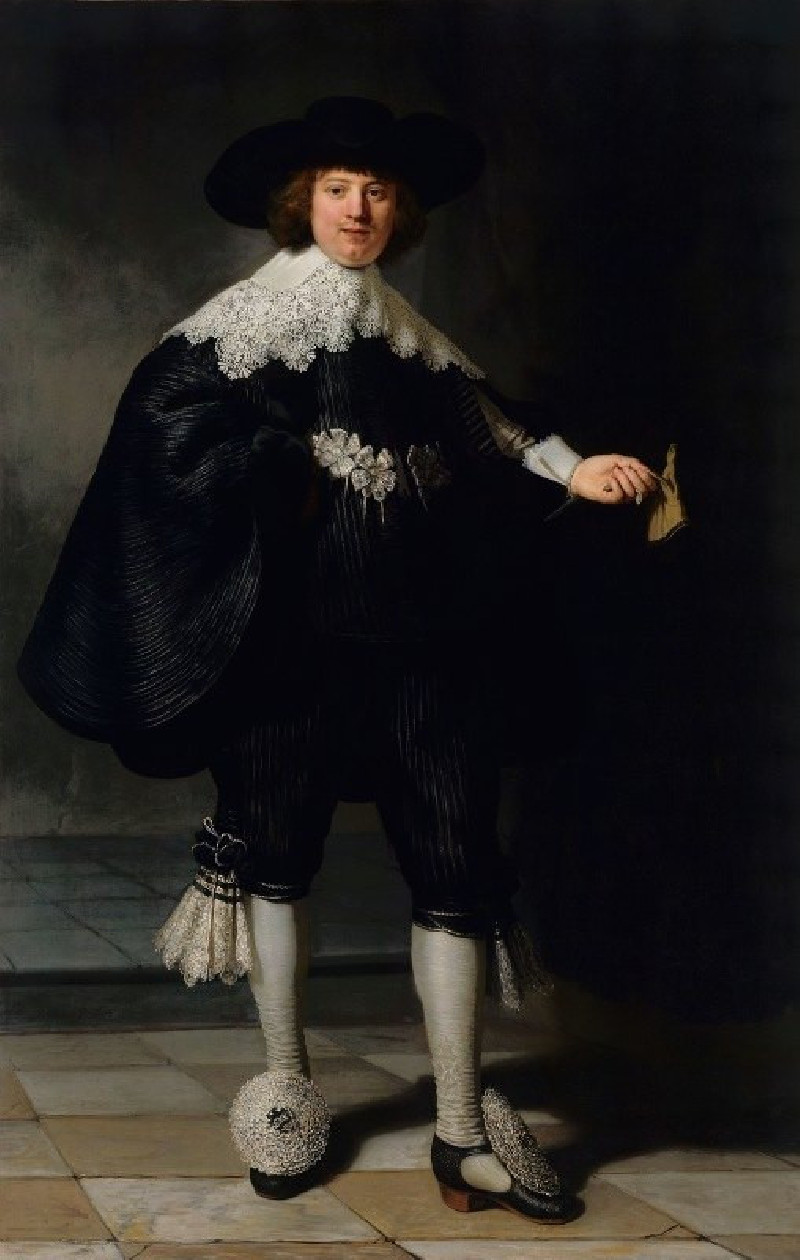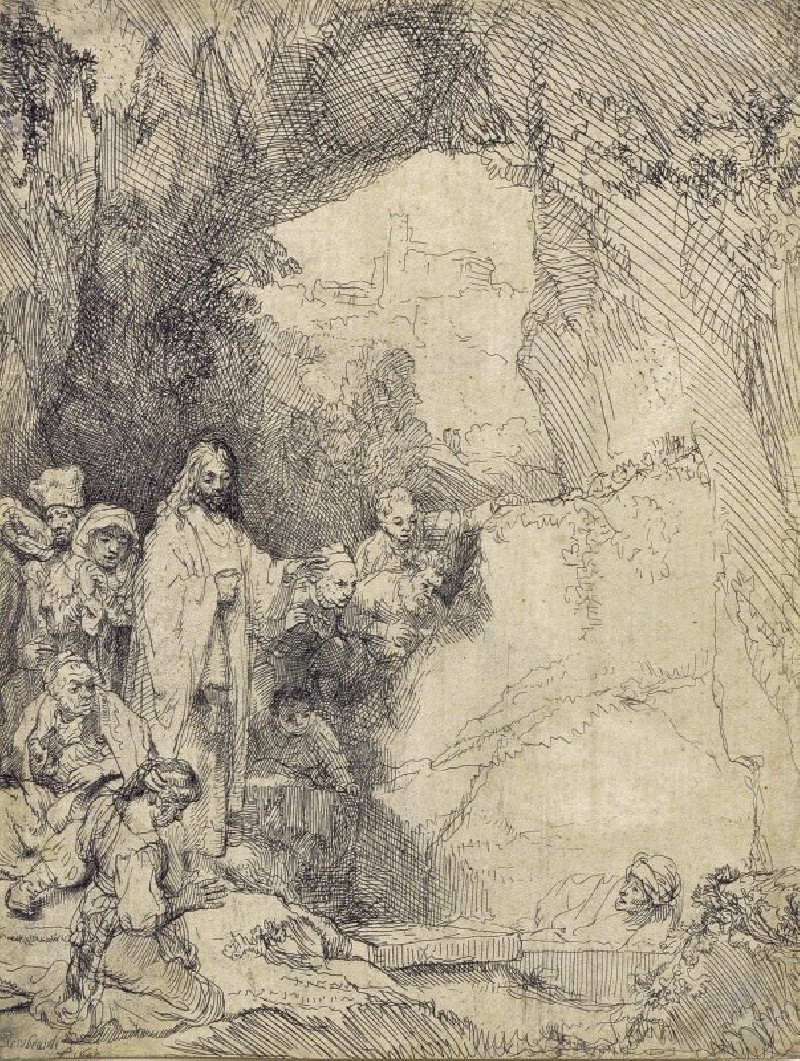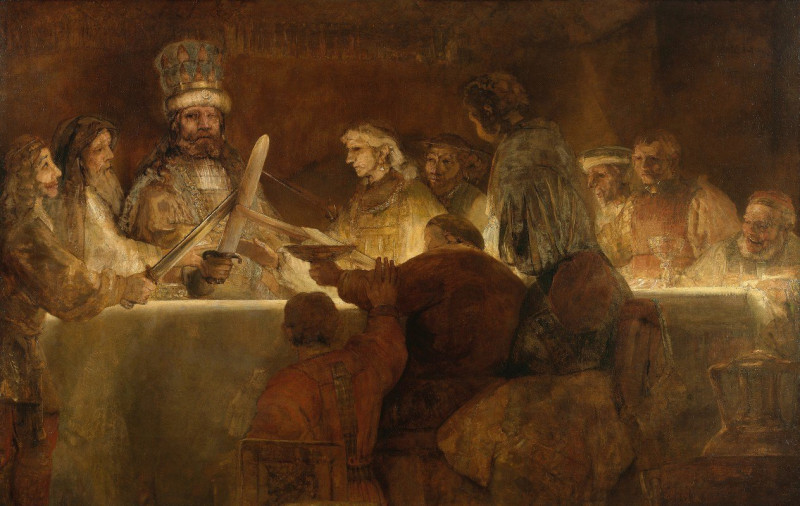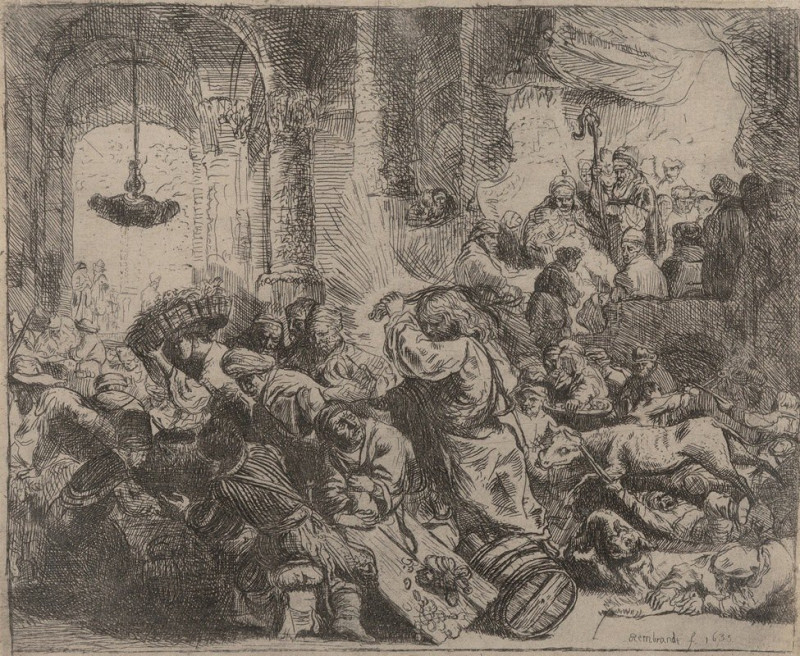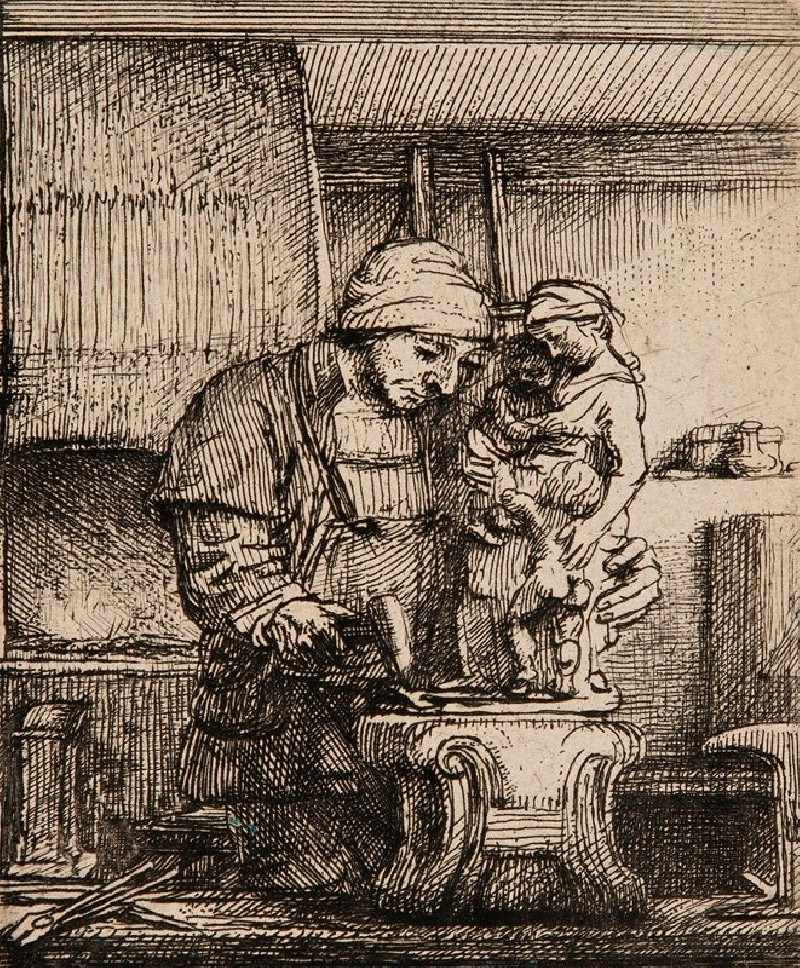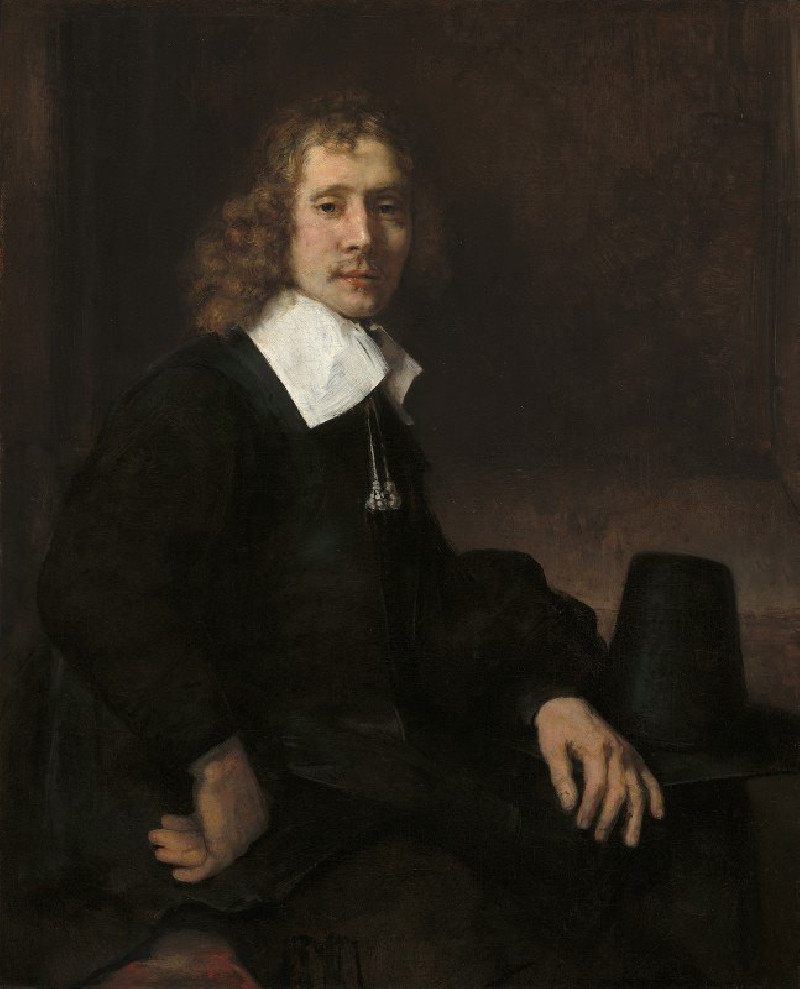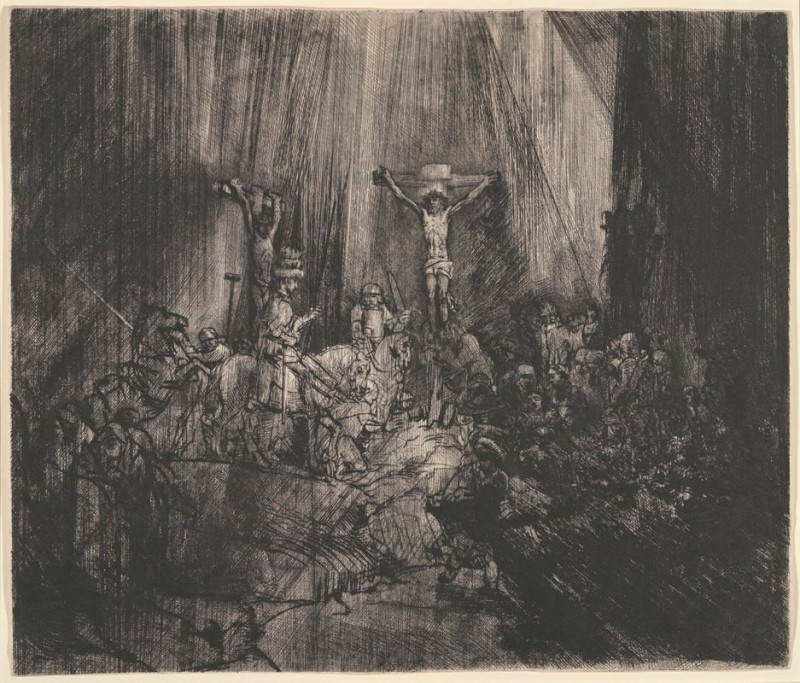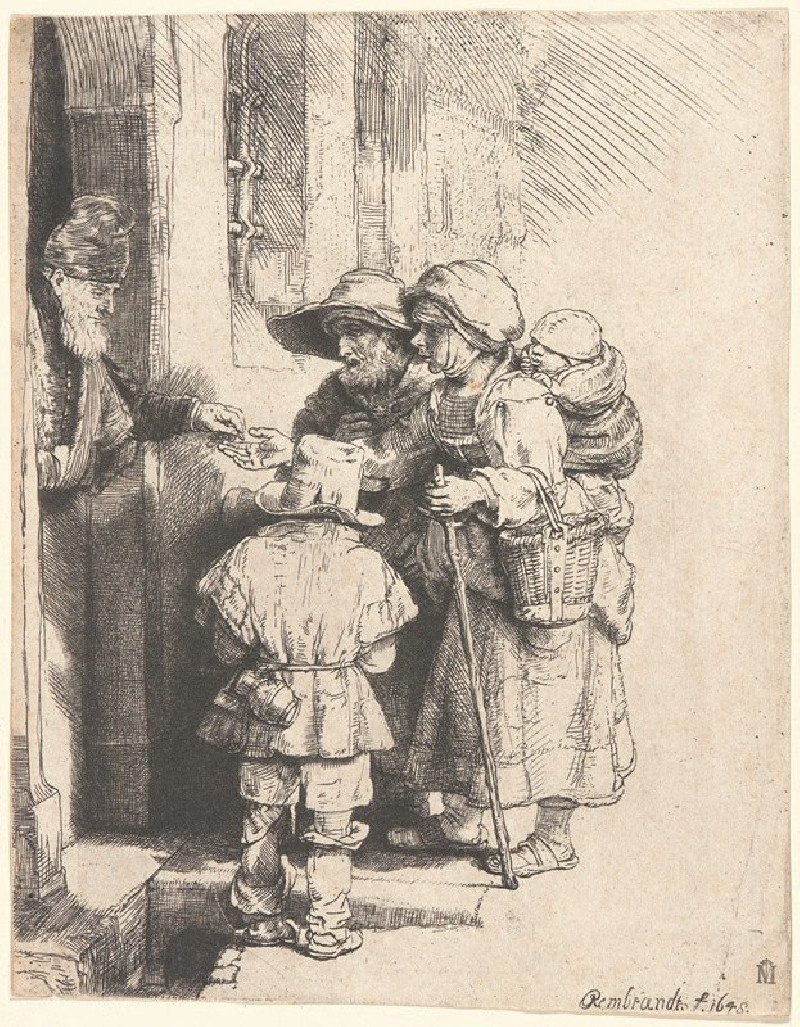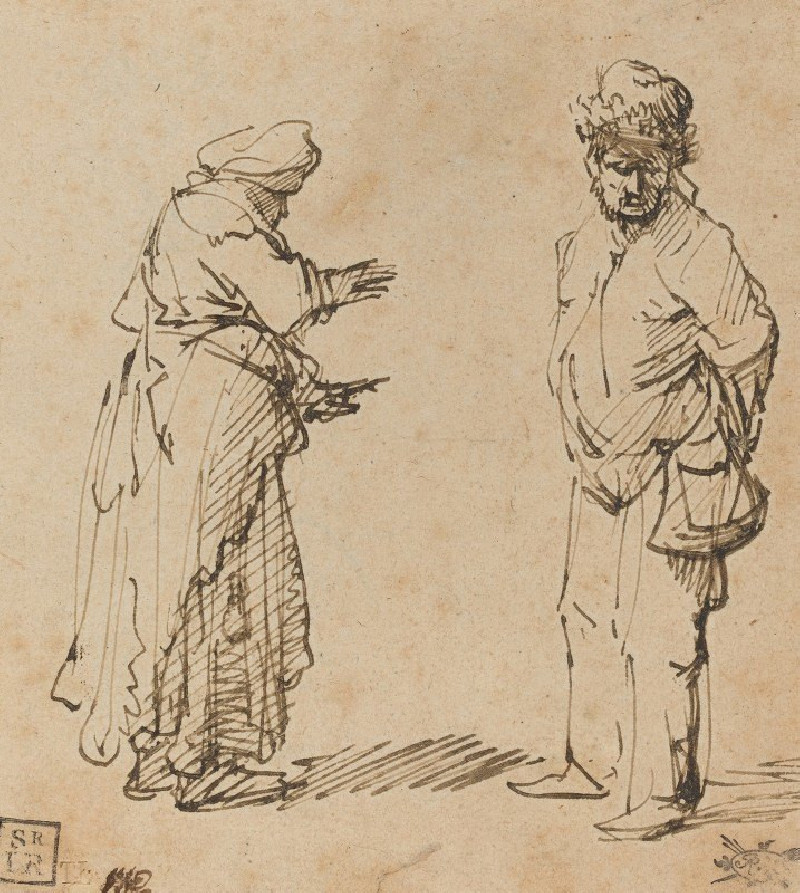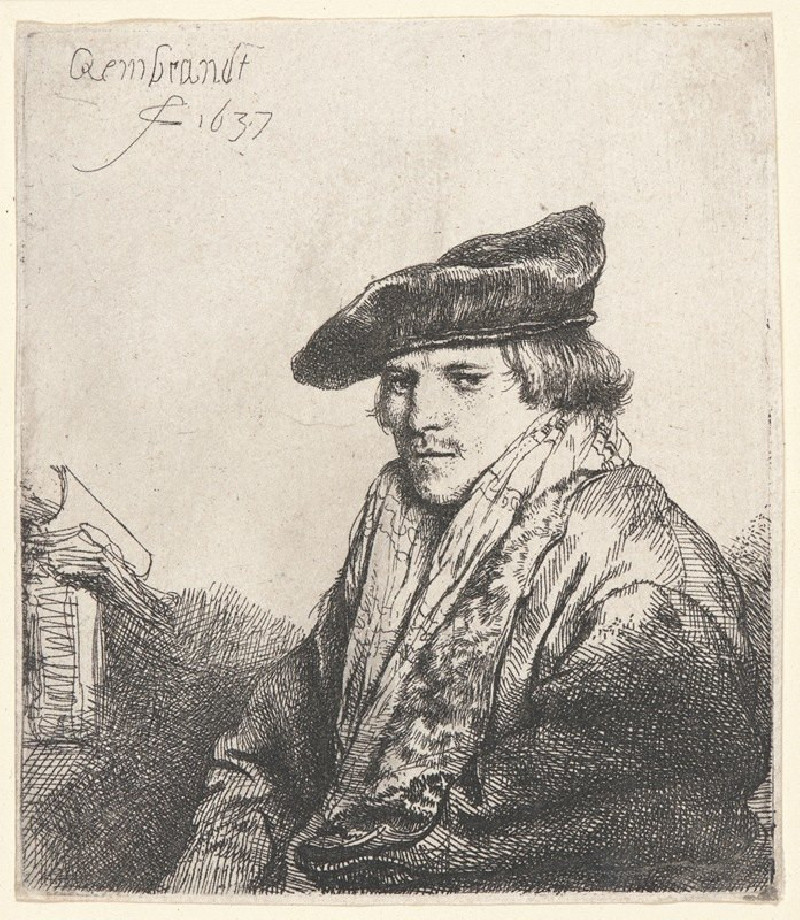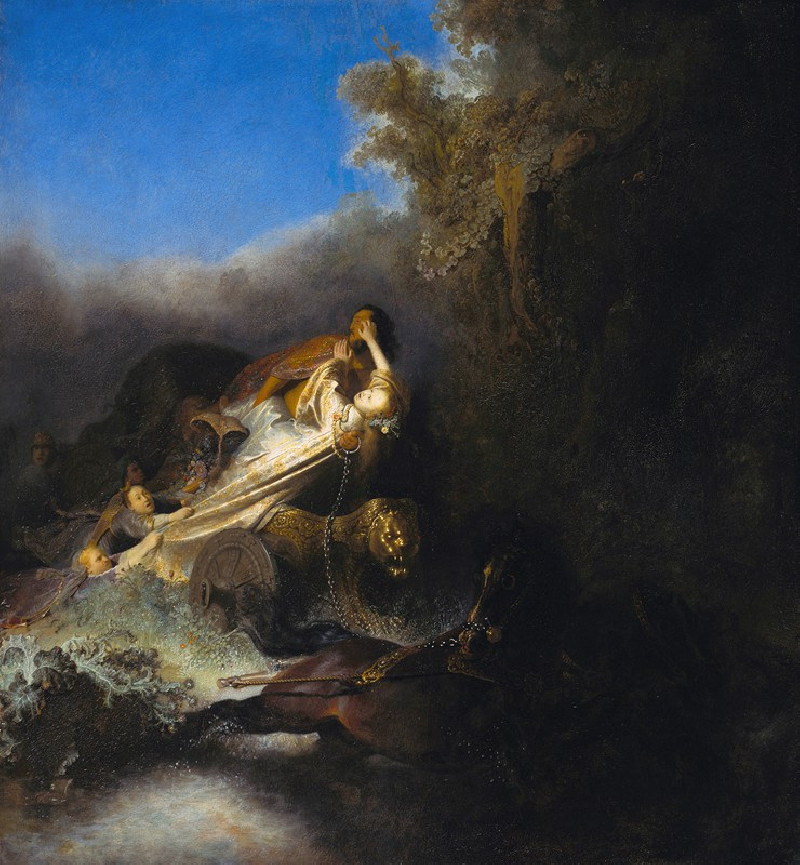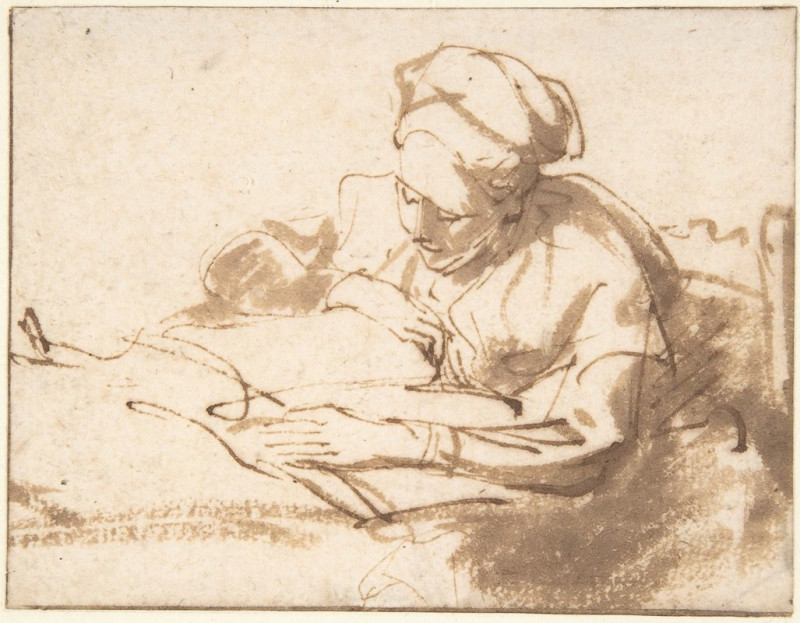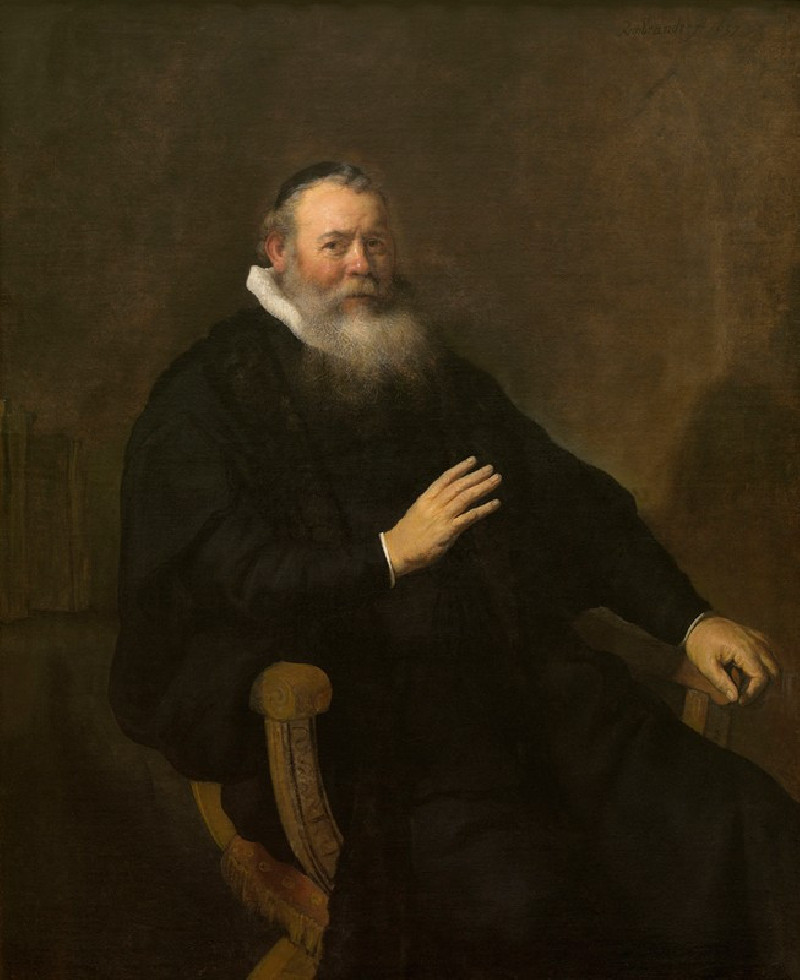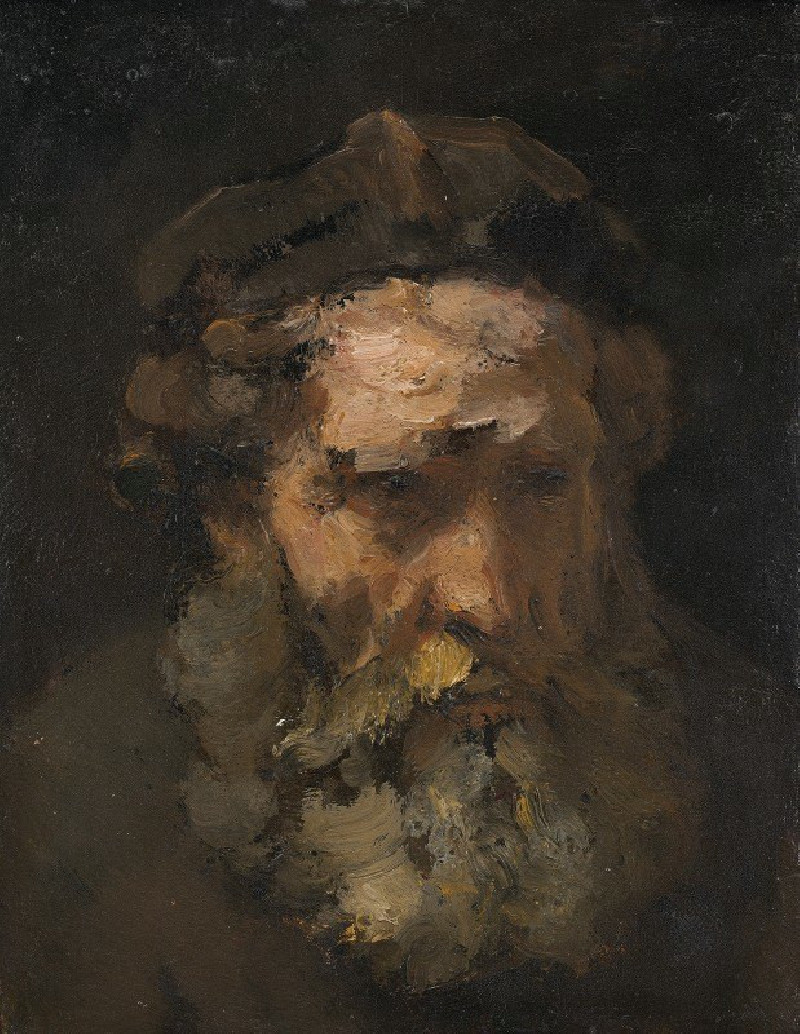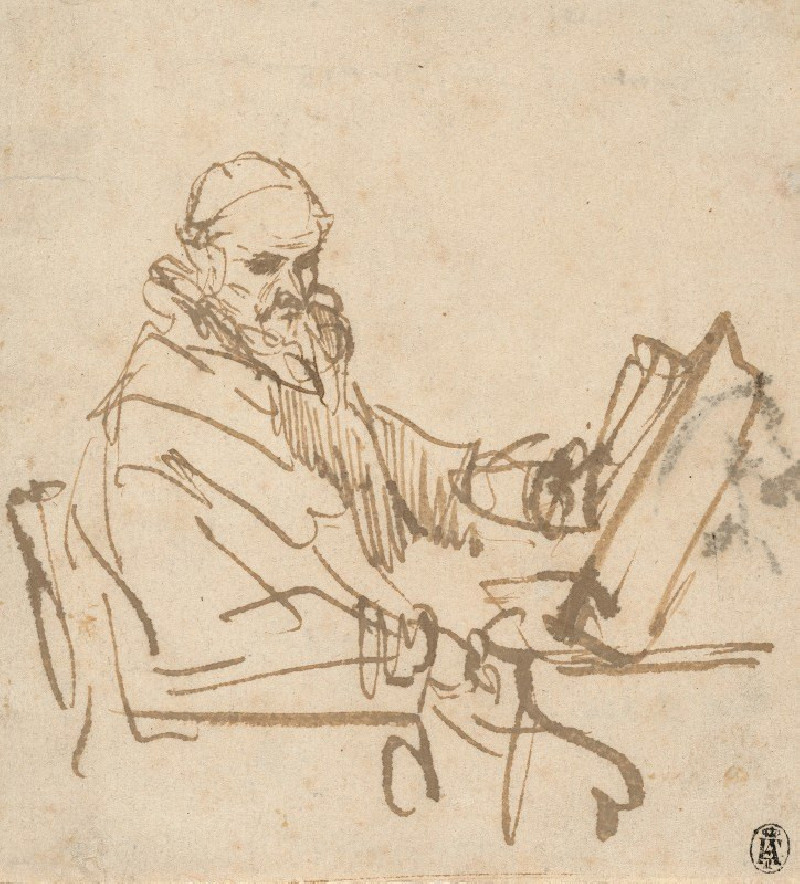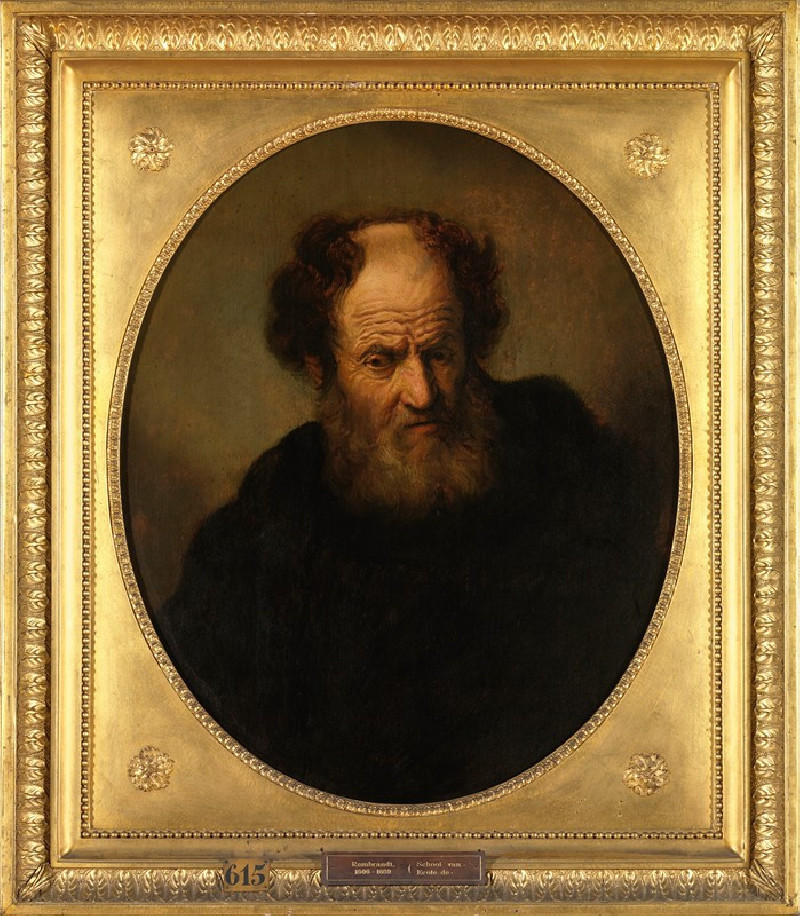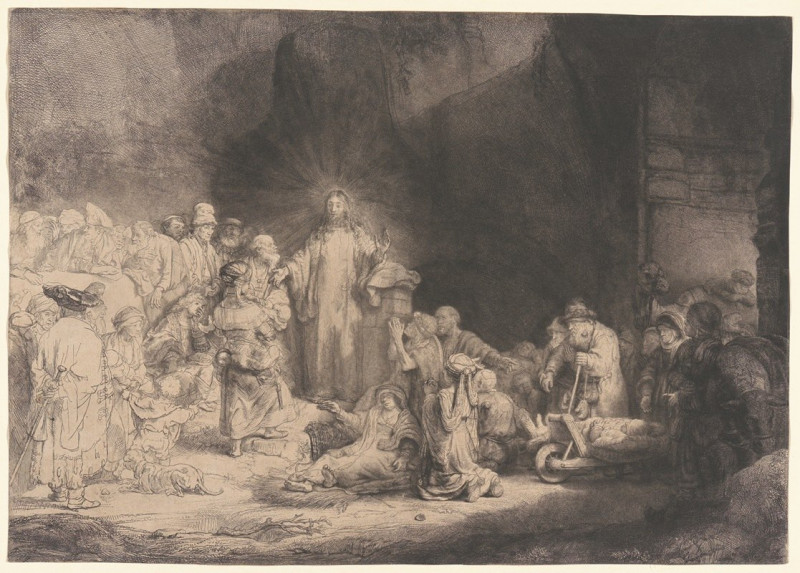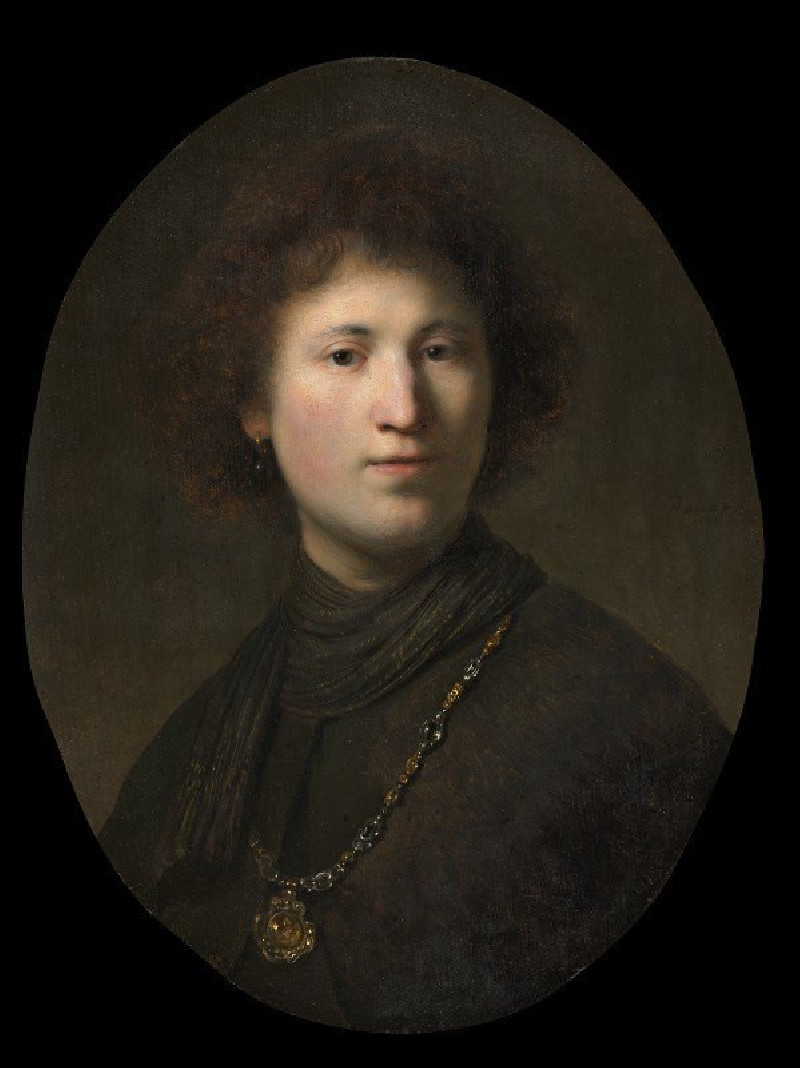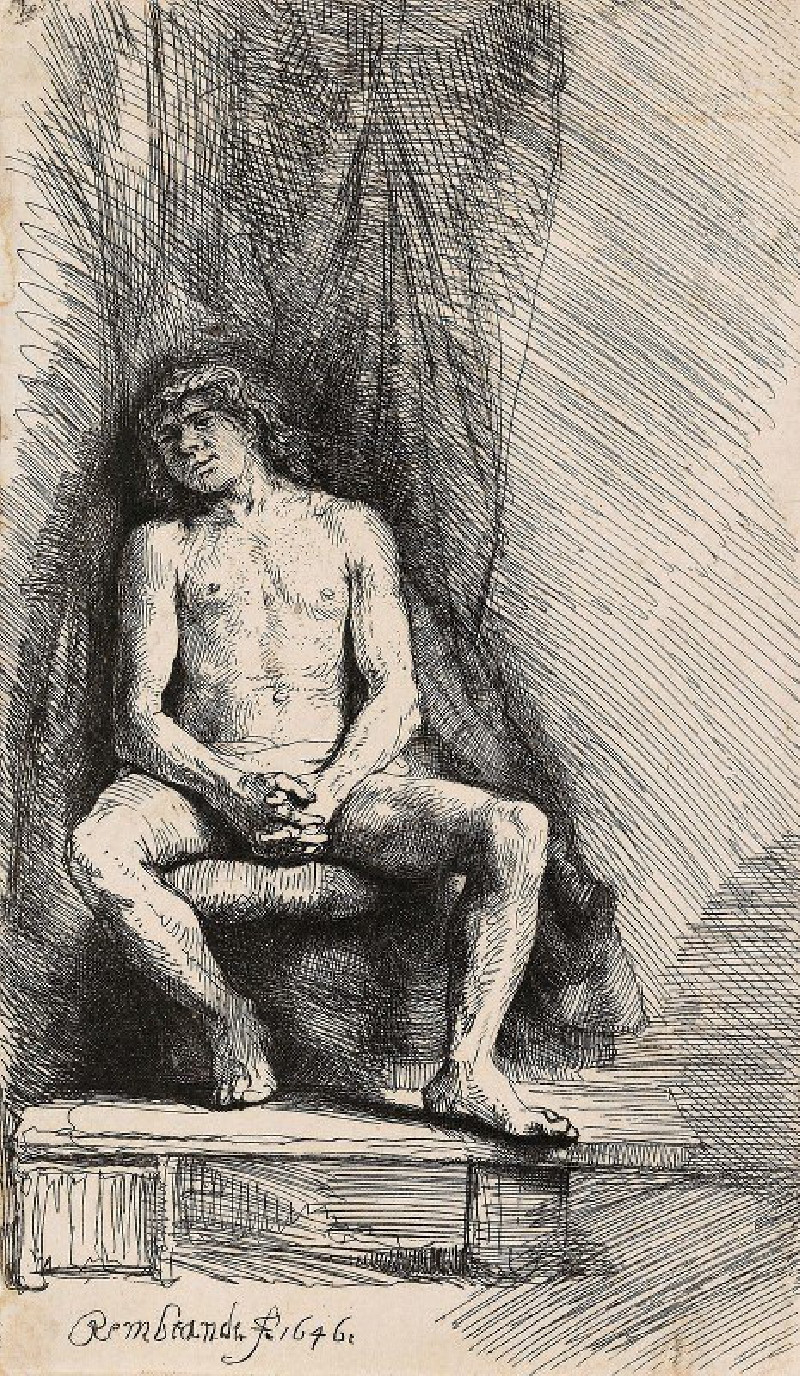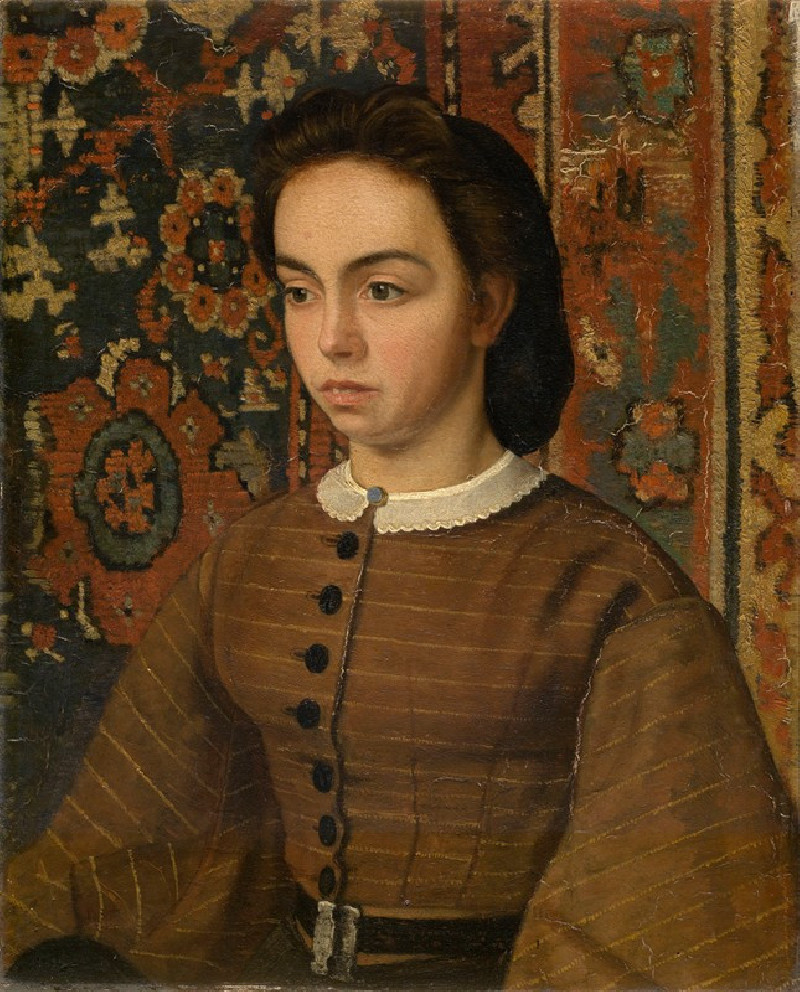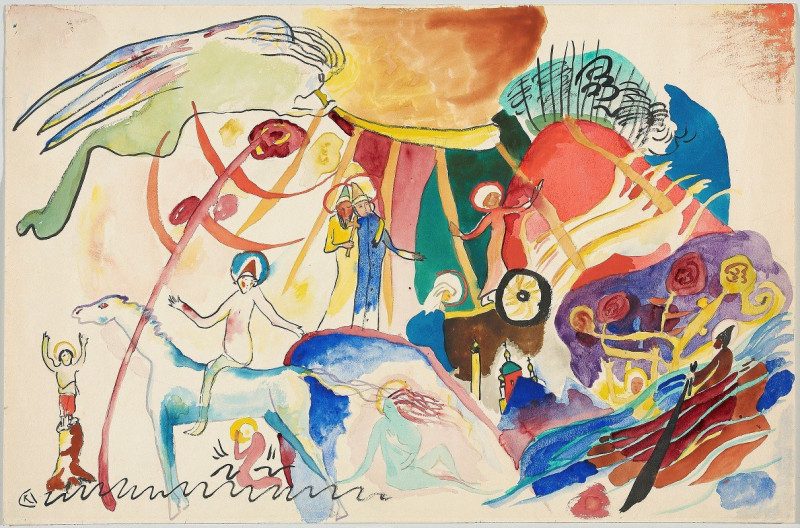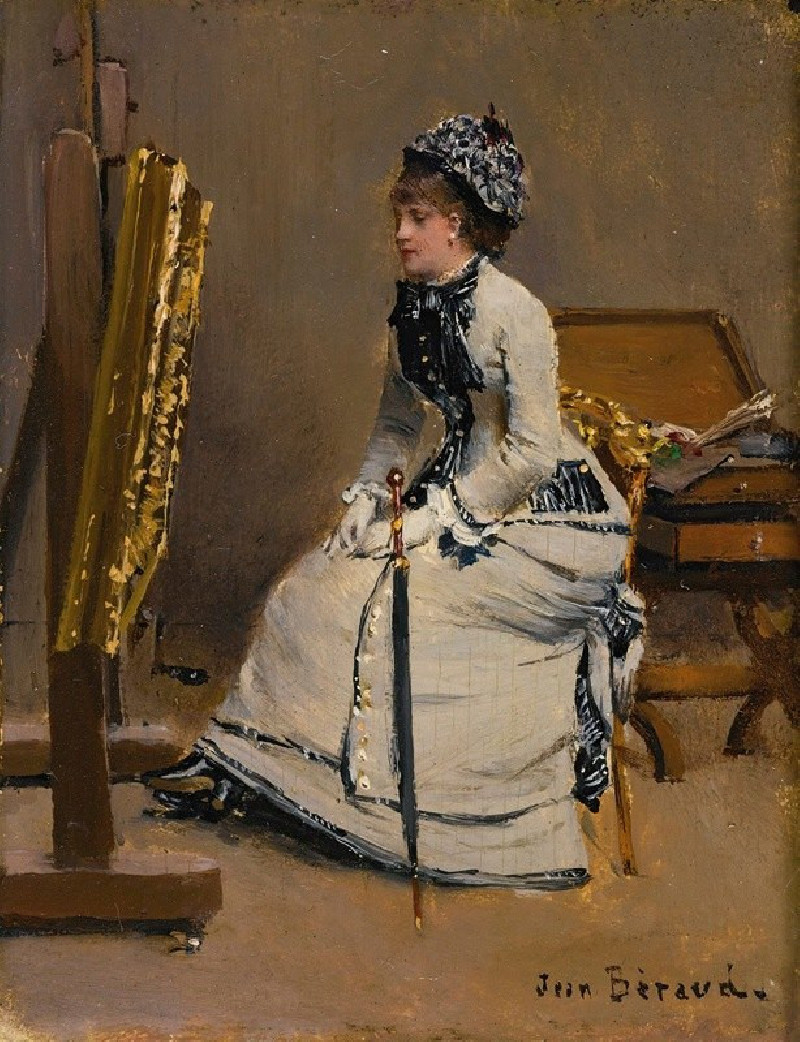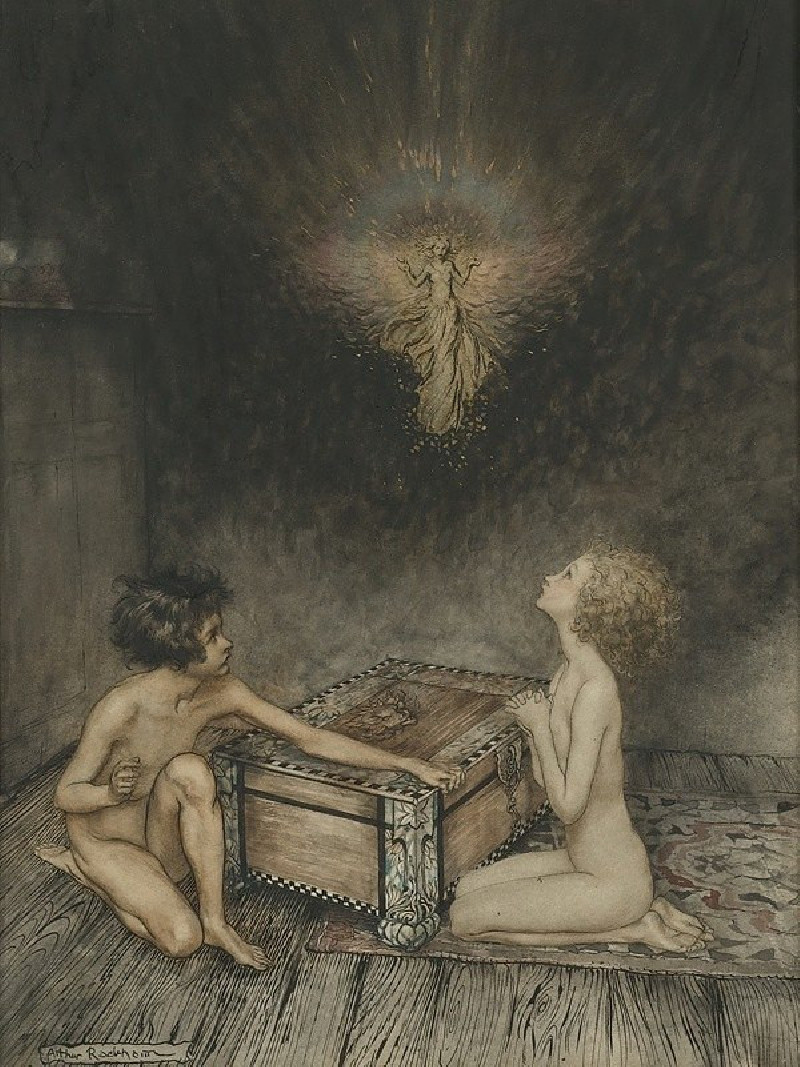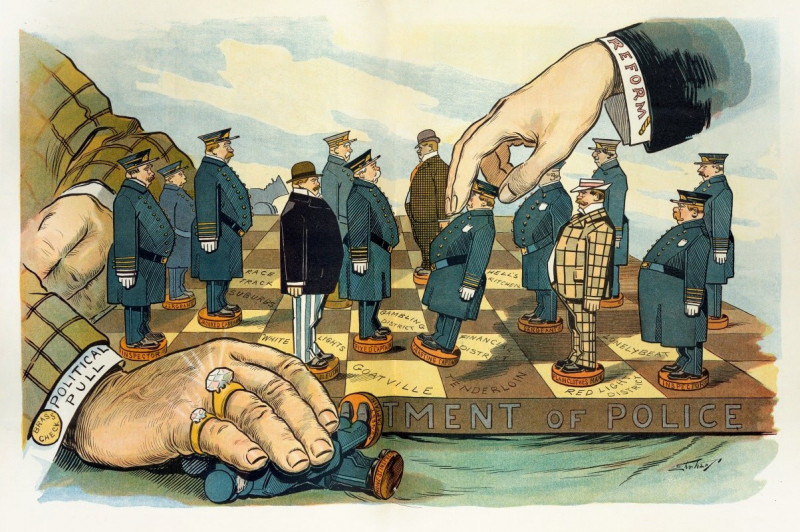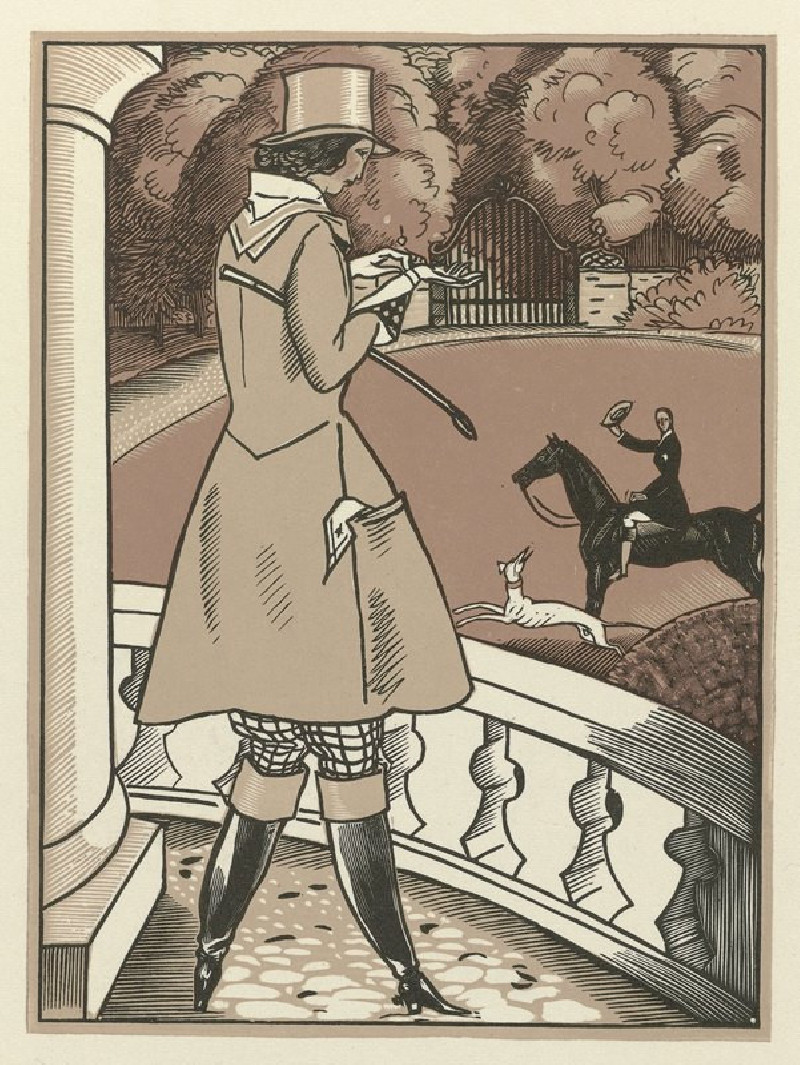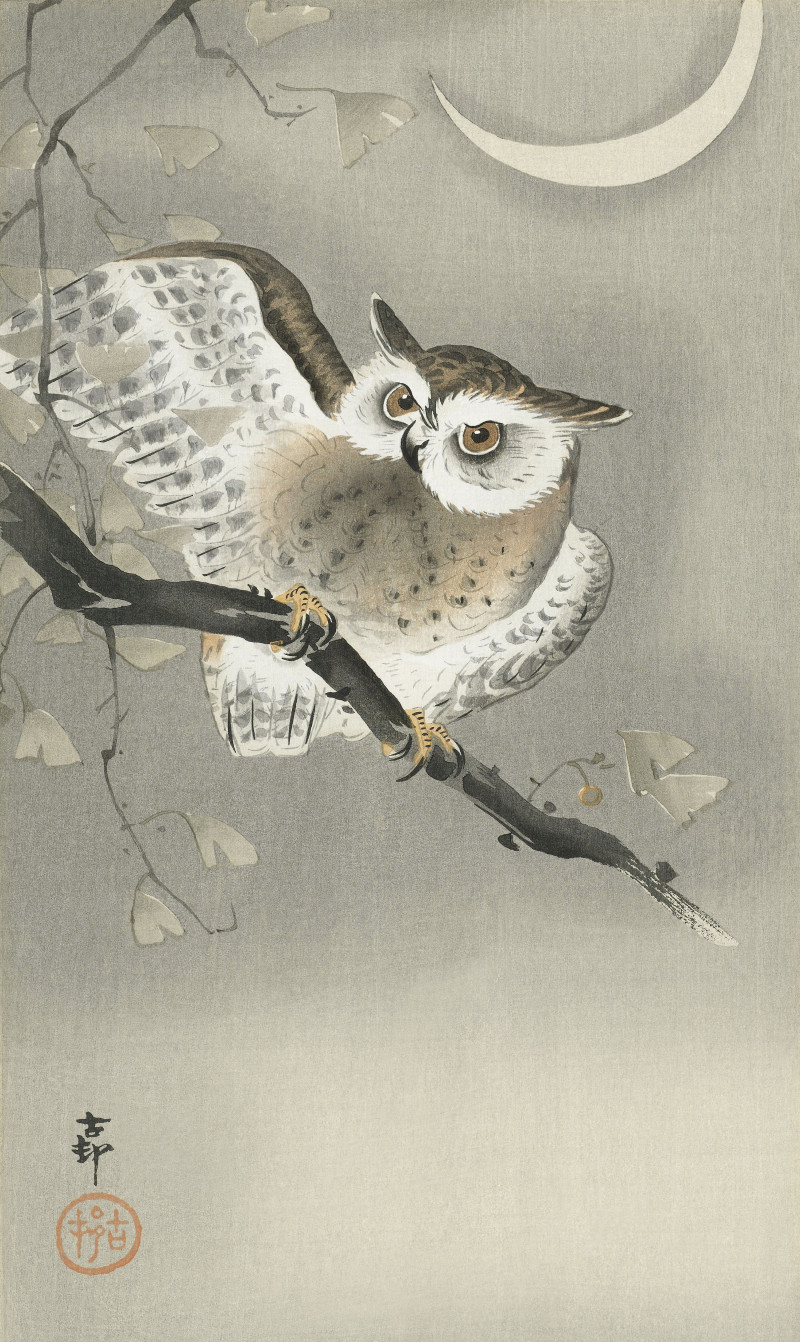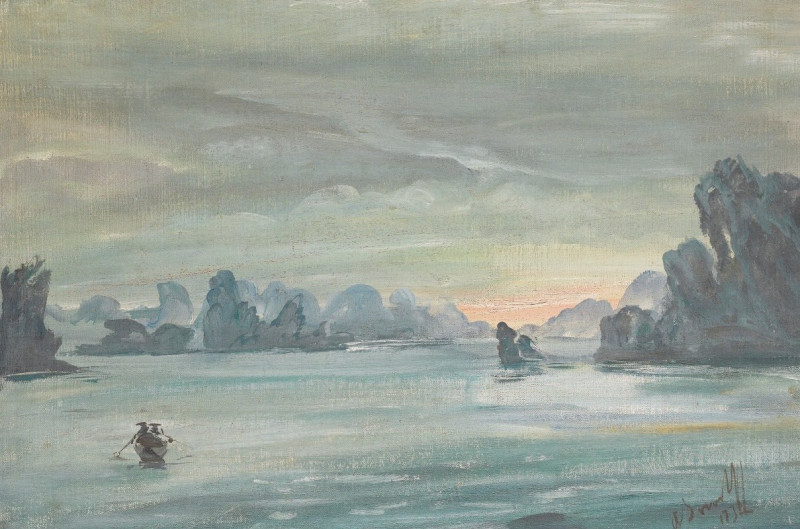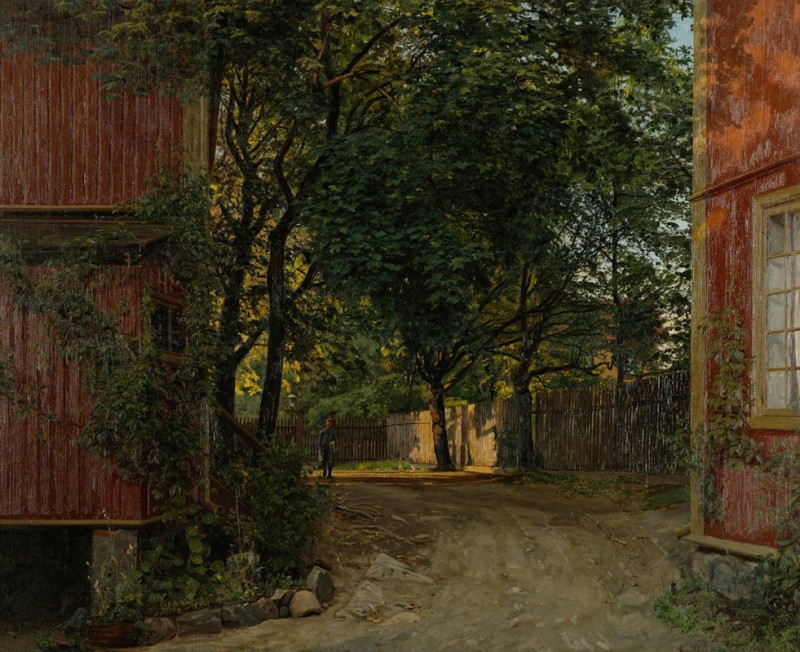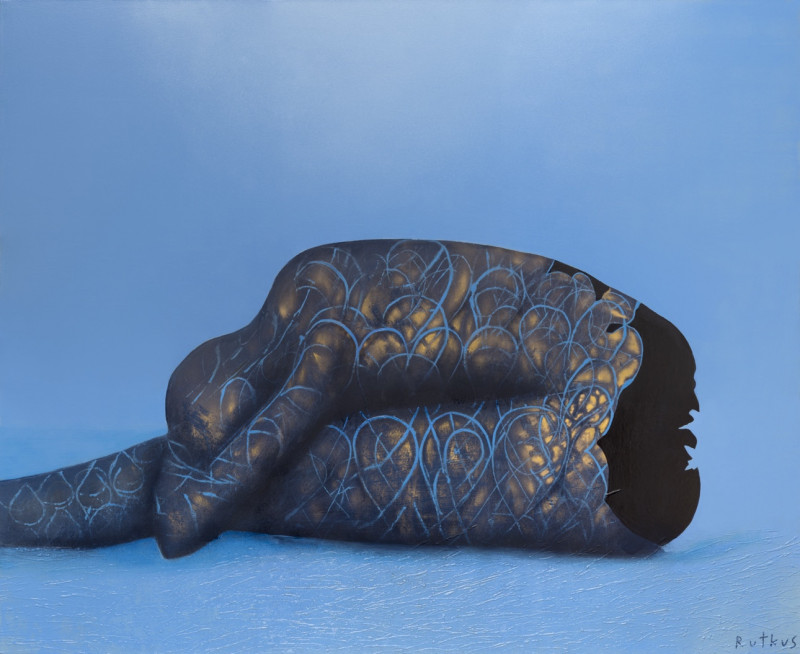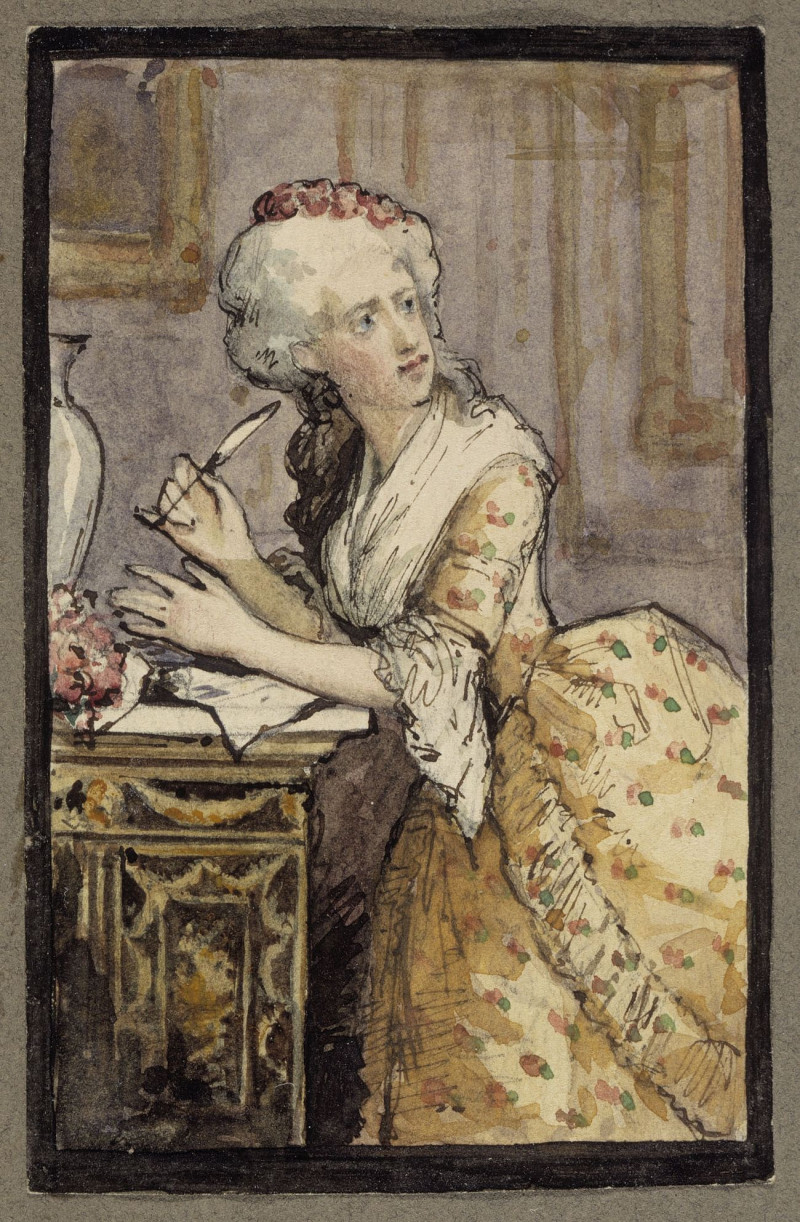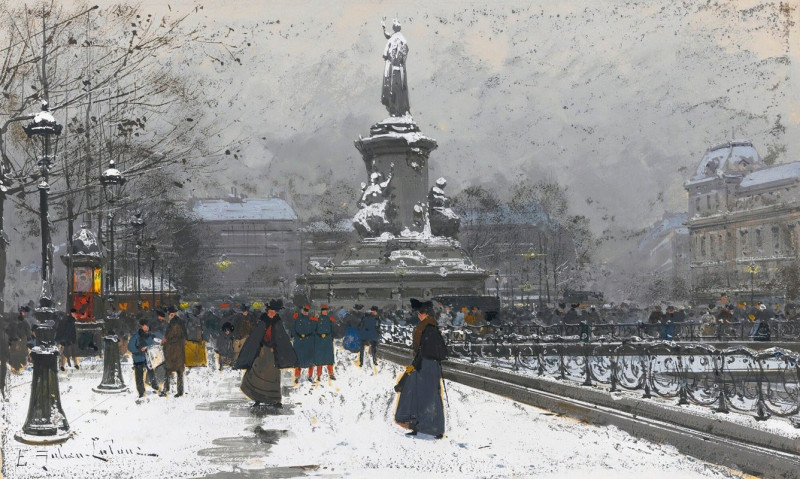Jan Asselijn, Painter (Krabbetje) (ca. 1647)
Technique: Giclée quality print
Recommended by our customers
More about this artwork
1647)Artist: Rembrandt van RijnIn this captivating etching by Rembrandt van Rijn, one of the greatest artists of the Dutch Golden Age, we are presented with a compelling portrait of Jan Asselijn, an accomplished painter in his own right. Known by the nickname "Krabbetje" which translates to 'little crab', Asselijn's expertise in capturing landscapes and battles scenes made him a notable figure in 17th-century art circles.In this artwork, circa 1647, Asselijn is depicted with an introspective gaze that invites viewers into a moment of quietude amidst his artistic endeavors. His attire is typical of the period—featuring a wide-brimmed hat and a voluminous, dark-toned cloak that underscores the customary fashion of the era. Rembrandt's mastery is evident in the etching’s intricate details, from the texture of Asselijn’s clothing to the soft etching lines that frame his thoughtful expression.One of the most striking elements is the sense of depth and persona Rembrandt infuses into this portrait. It is not merely a representation but a vivid, intimate glance into the soul of a fellow artist. The background remains sketchily outlined, ensuring that the focus remains squarely on Asselijn, thus reflecting the contemplative solitude that often accompanies creative pursuit.This etched portrait is more than a visual depiction; it's a narrative piece that subtly portrays the mutual respect between two artists, bridged by the universality of artistic expression.
Delivery
Returns
Rembrandt Harmenszoon van Rijn was a Dutch draughtsman, painter, and printmaker. An innovative and prolific master in three media, he is generally considered one of the greatest visual artists in the history of art and the most important in Dutch art history. Unlike most Dutch masters of the 17th century, Rembrandt's works depict a wide range of style and subject matter, from portraits and self-portraits to landscapes, genre scenes, allegorical and historical scenes, and biblical and mythological themes as well as animal studies.

